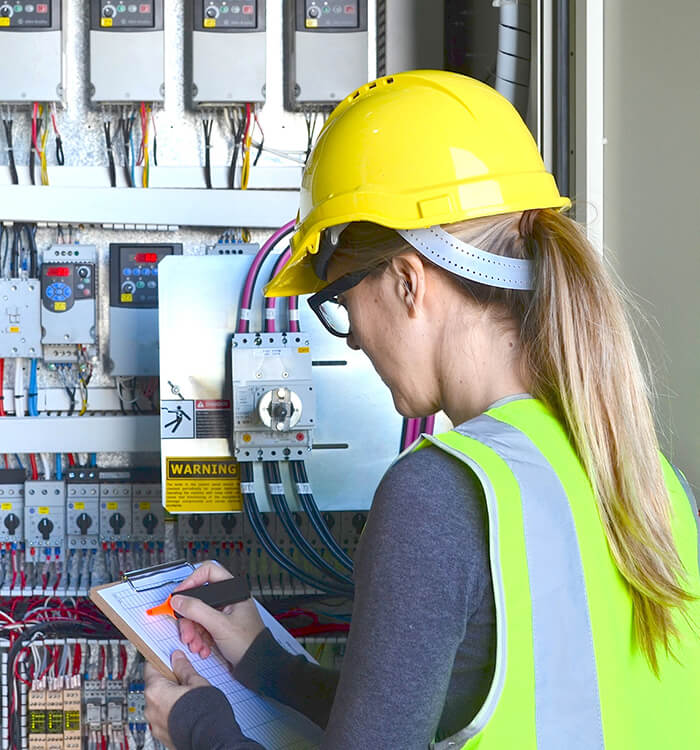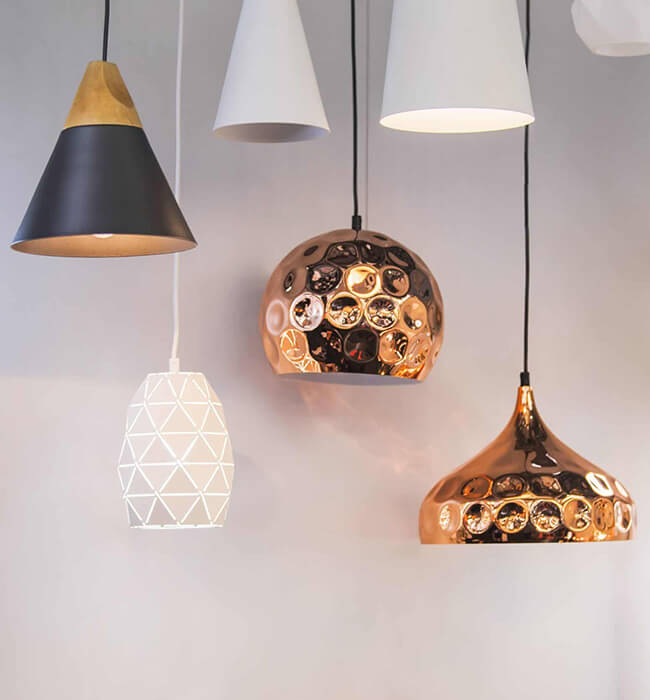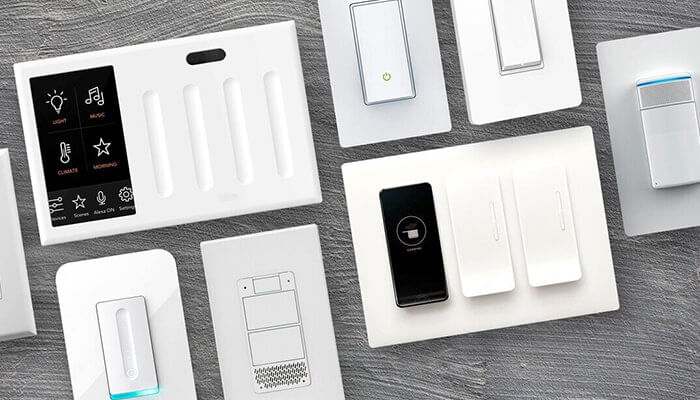Energy Solutions at Electrical Wholesalers, New England
The Energy Team at Electrical Wholesalers New England provides turn-key energy efficiency project management solutions for Energy Service Companies and commercial and residential buildings. Our team has supported hundreds of successful energy projects throughout New England, with budgets ranging from $1,500 to $2.5 million.
There can be a lot of unknowns when it comes to improving a building’s energy efficiency and reducing building operating costs, which is why we offer the following services at no up-front cost:
System Design & Specification
Our team can provide photometric lighting plans, drawings and renderings to help you better understand how your upgrades will affect your building.
Utility Program Integration
Take advantage of incentive applications and utility funding when possible.
Energy Efficiency Audits
To inventory existing energy management conditions and identify energy savings opportunities.
Pre-qualification of Incentive Program Eligibility
Our Energy Team can provide guidance on which program track your project can utilize.
Coordination of Project Funding
We’ll assist you with acquiring public and private funding specifically designed for energy efficiency projects.
In addition to the above, Controls Commissioning, training, and warranty support are included in all project costs.
Get StartedBenefits of Lighting & Controls
Lower Utility Expenses by Kilowatt-Hour Reduction
Kilowatt-hour reduction can help you save as much as 60% of the existing lighting load when changing from traditional technology to LED technology. Adding controls to areas without existing controls can typically save an additional 20-35% in annual hours of use.
Increased Control and Monitoring
Passive or active controls are available to customize the occupant’s experience. These controls can also be used to monitor activity, identify maintenance needs, and integrate with building management systems.
Lower Demand Charges by reducing your facilities energy demand
Lowering the electrical lighting load reduces the amount of power your utility has to provide. Adding controls to areas without existing controls can typically save an additional 20-35% in annual hours and ensure that vacant spaces are not contributing to high demand charges unnecessarily.
Increased ISO 50001 Evaluation
Energy-efficient lighting and controls projects help facilities that follow ISO standards. Facilities can reduce their power density factor and EUI (Energy Use Intensity) by installing LED lighting and controls systems. While ISO 50001 certification is not mandatory, it can give confidence to third parties and investors that proper energy efficiency standards are being met and followed.
Aesthetic Improvements
Existing facilities can now maximize energy efficiency without sacrificing contemporary design aesthetics. Every application and fixture type can now be imbued with the latest technology to deliver high-performing lighting systems.
Increase in Light Levels
It’s easy to achieve high light levels while reducing fixture wattages with current LED fixture efficacies exceeding 100 lumens per watt. IES standards of light levels by industry are used to guide project design and specifications.
When it comes to reducing your building’s energy usage, a wide range of efficiency measures can be applied. Below you’ll find a breakdown of options that include retrofits and new fixture replacements, lighting controls, and mechanical energy efficiency measures.
Our end goal is to provide your project and your team with the resources to meet your goals and craft a profitable project for your building.
Retrofit & New Fixture Replacements
Retrofitting allows you to upgrade your existing lighting fixtures with solutions that can reduce energy usage, lower heat emissions, and improve overall light quality. In some cases, a retrofit is not possible and brand new fixtures will need to be installed to meet a project’s requirements.
Our Offering Includes:
Linear Tube Replacements
These include T5, T8, and T12 at lengths of 2 to 8 ft including U Bend Style.
Bulb Replacements
Including A19, PAR, Pin Based, Mogul Based, and Decorative options.
Downlight & Surface Mount Fixtures
1x4, 2x2, 2x4 Recessed and Surface Mount Fixtures
Linear Ambient Lighting
Option for direct and indirect, 2ft – 24ft Replacement Pendant or Surface Mount Fixtures.
Interior Directional Fixtures
Wall Wash, Track or Mono-Point Directional Luminaires
Display Case Lighting
Retail, Cooler, Freezer Case, or Refrigerated Shelving.
Low-Bay and High-Bay Lighting
Exterior Lighting
Wall Packs, Canopies, Area Lights, Flood Lights, Bollards, Wall Wash & Decorative
Specialty Lighting
Process, Emergency, Explosion Proof, IP rated and up to Class 1 Div. 1 Certified
Retrofit FAQs
| How can I get in touch with the energy team and set up a free audit? | ||
| Reach out to your local branch employee or send an inquiry to EnergyRebates@USESI.com | ||
| What is the difference between high-bay and low-bay lighting? | ||
| The main difference between high-bay and low-bay lighting has to do with the ceiling height of the space the lights will be used in. High-bay lighting is used in situations where the ceiling height is 20ft or higher. Whereas low-bay lighting is used for ceilings ranging from 12 to 20ft in height. | ||
Lighting Controls
Device-level hardware such as remote and wall-mounted occupancy sensors.
Area control with integrated and network capable
Fully networked campus solutions for multi-building multi-site accounts.
Daylight Dimming System and/or Occupancy Controlled Dimming Systems
Integral Fixture Mounted
Dual Sensors to control motion response and illumination levels.
Integral Fixture Mounted
Dual Sensors that are also Network Capable
Photocell and Dimulators for Exterior Part Night installations
Lighting Control FAQs
| What is a photocell and how do they work? | ||
| Photocells can be a key component to reducing energy costs and improving energy efficiency within your building. Photocells are able to sense ambient light levels and adjust to seasonality, including daylight savings. The advantage photocells provide is clear when there are sunny days that fill a building with more than enough light, allowing the photocell to shut the lighting fixture off, and thus reducing energy usage. | ||
| What does an occupancy sensor do? | ||
| An occupancy sensor has the ability to detect when a person enters a room and then has the ability to turn on lighting fixtures. They are a fantastic option to reduce energy usage in many types of buildings, including offices, where people may forget to turn lights off throughout the day. | ||


Ready to Launch Your Next Energy Efficiency Project?
Have a question or are ready to start your next project? Fill out the form or reach us at:
| Call Us Now: 781-875-8134 | |
| Email Us At: energy.solutions@ew-inc.com | |
| MON - FRI 7:30 AM - 7:30 PM EST |








